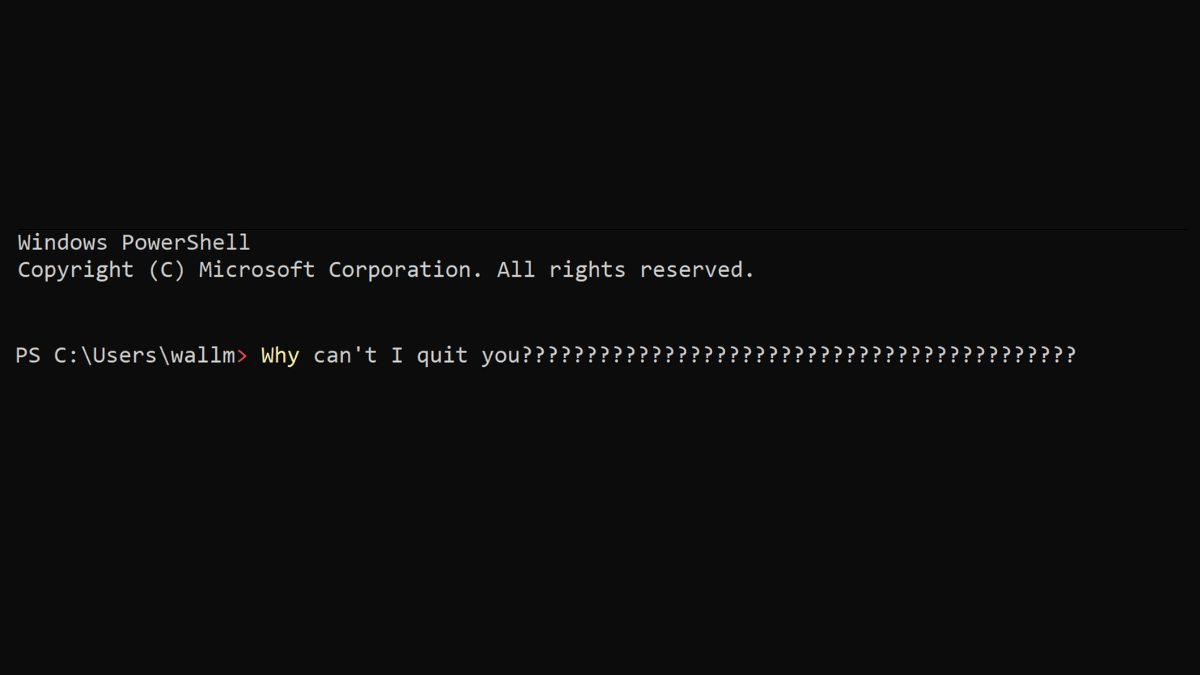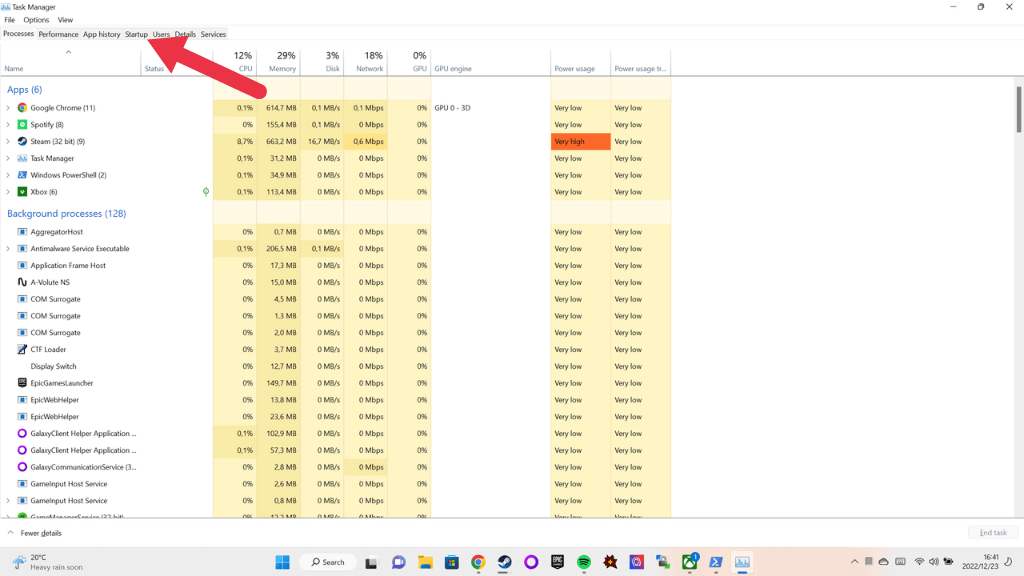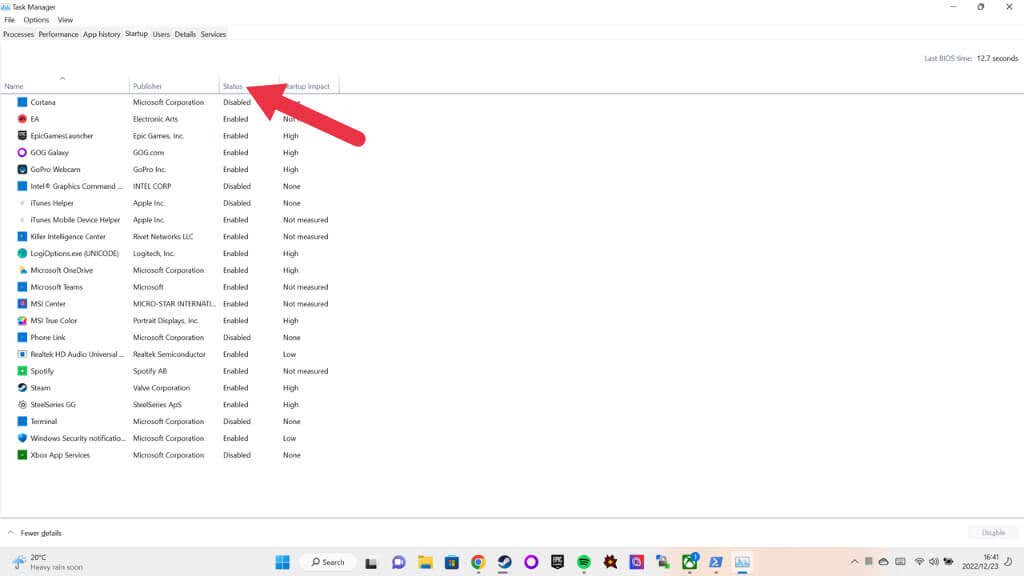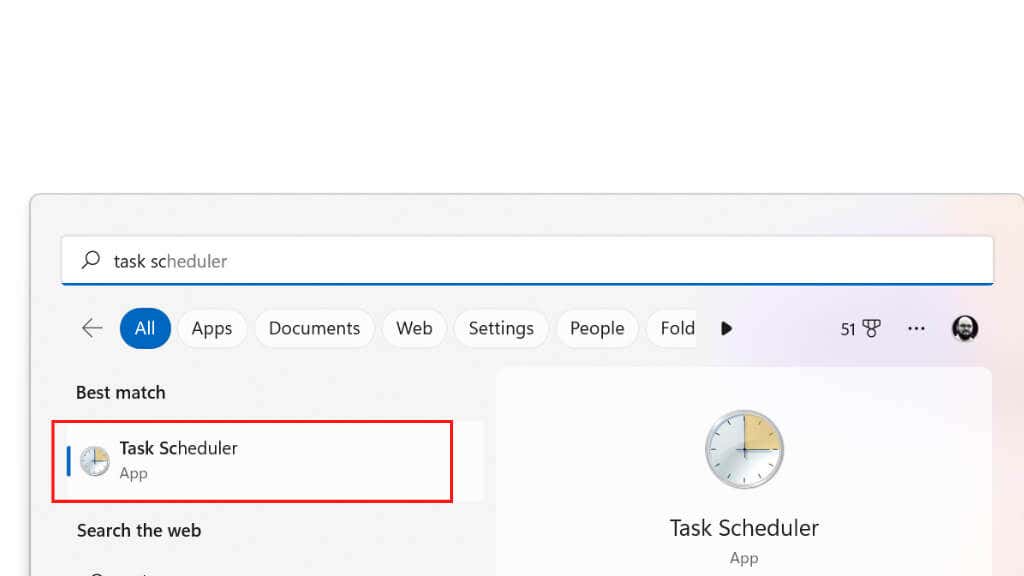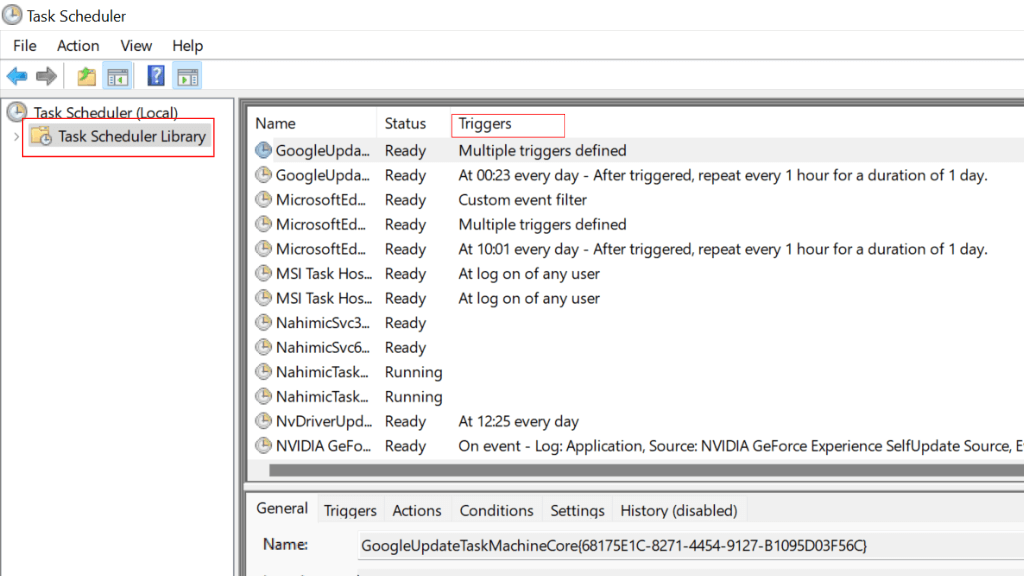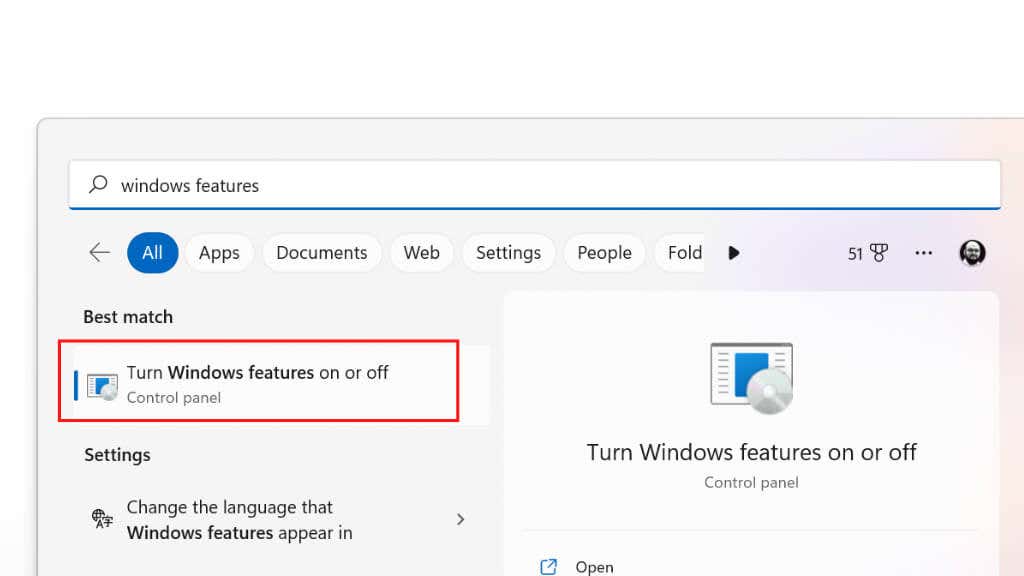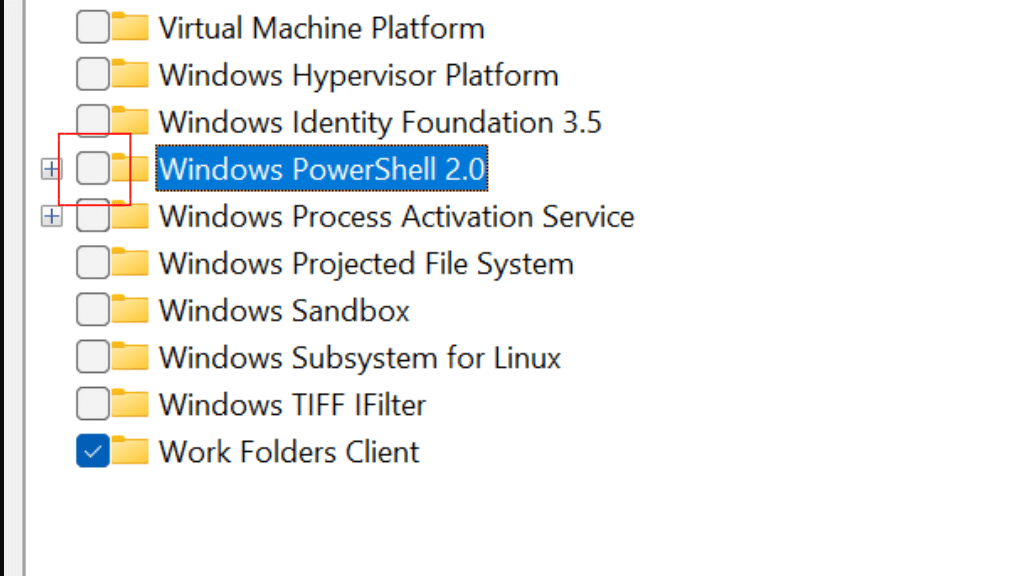Before resorting to disabling it completely
If Microsoft Windows PowerShell keeps popping up for no apparent reason, it can make your computer hard to use and make you worry that something’s amiss.
There are various reasons PowerShell opens all the time. Some are benign, while others are more serious. Follow these troubleshooting steps and we’ll suss out which it is in your case.
1. Run an Antivirus or Malware Scan
A malicious program or script could be causing PowerShell to run automatically. This can be a virus, malware, or another type of security threat using PowerShell to perform malicious actions on your computer.
If a malicious program or script is causing PowerShell to run automatically, you should take the following steps to address the problem:
- Disconnect your computer from the internet to prevent the malicious program or script from communicating with its server or downloading additional malware.
- Use your security software to scan your computer for malware and remove any threats that are detected. This may involve running a full system scan with your antivirus software, or using a dedicated malware removal tool.
- After removing the malicious program or script, you should restart your computer and run another scan to make sure that the threat has been completely removed.
Once your computer is clean and free of malware, you should change any passwords or security credentials that may have been compromised, and update your security software to the latest version.
2. Check if PowerShell Is Set to Autorun at Startup
PowerShell might be doing nothing in particular, but simply set to run at startup. To check if PowerShell is set to run at startup on your computer, you can follow these steps:
- Open Task Manager on your computer by pressing the Ctrl + Shift + Esc keys on your keyboard.
- In the Task Manager window, click on the Startup tab.
- In the Startup tab, look for an entry for “Windows PowerShell” in the list of startup items.
If you see an entry for Windows PowerShell in the startup list, this means that PowerShell is set to run automatically when you start your computer. The status column for the Windows PowerShell entry will indicate whether the program is enabled or disabled to run at startup.
If you don’t see an entry for Windows PowerShell in the startup list, this means that PowerShell is not currently set to run at startup. However, this does not necessarily mean that PowerShell is not running automatically – it could be running as a result of another program, script, or setting on your computer.
To further investigate and troubleshoot the problem, you may need to check other settings and configurations on your computer, such as scheduled tasks, startup scripts, and system services. You may also want to check the startup folder in Windows 10 or Windows 11 and learn how to disable startup programs.
3. A Task or Script Is Running in the Background
To check if a task or script running in the background is causing PowerShell to pop up on your computer, you can follow these steps:
- Open the Task Scheduler by clicking on the Start button on the taskbar and searching for “Task Scheduler.” Alternatively, type taskschd.msc in the Run dialog (Windows key + R) and press Enter.
- In the Task Scheduler window under Task Scheduler Library, look for any tasks or scripts that are scheduled to run at regular intervals or at startup. This will be indicated in the Triggers column. If you find any tasks or scripts that you suspect could be causing the problem, you can right-click on the task or script and select Disable from the menu.
4. A PowerShell Shortcut or Hotkey Is Opening PowerShell
PowerShell might be popping up because it’s linked to a hotkey or shortcut that you’re inadvertently triggering. If you have a program such as WinHotKey installed, it may have such a key combo configured.
You can also right-click on any shortcut, and then check its properties to see if it mentions PowerShell as part of its startup parameters. This is a sign that the shortcut may open PowerShell, perhaps to launch a script, and then just doesn’t close it again.
5. One of Your Apps Is Using PowerShell
A third-party app may use PowerShell for some of its functions. Here are some specific steps you can follow to check whether this is the case:
- Check the app’s documentation: Many apps include documentation or help files that describe the app’s features and capabilities, check to see if it mentions PowerShell.
- Look for references to PowerShell in the app’s settings or configuration options: Many apps include options that allow you to customize the app’s behavior. You can check these settings to see if they include any references to PowerShell.
- Use the app and look for PowerShell commands being executed: If you’re not able to find any references to PowerShell in the app’s documentation or settings, try running the app and using it to perform the tasks that you are interested in. Pay attention to any messages or prompts that appear on the screen, to see if they reference PowerShell.
Not all apps that use PowerShell will make this fact obvious. Some apps may use PowerShell internally without exposing it to the user. In these cases, you may not be able to determine whether the app uses PowerShell without more detailed information or by using more advanced tools and techniques. If you have the time, you can try to uninstall and then reinstall apps to track down which one might be responsible.
In some cases, you can see what’s being run in PowerShell when it pops up, and the details of that output can also be a clue to which application is associated with the problem.
6. Hardware and Software Conflicts
Hardware and software conflicts can cause PowerShell to pop up in a variety of ways. Some possible solutions for resolving these conflicts include:
- Update your drivers: Outdated or incorrect drivers can cause conflicts with PowerShell and other software. You can try updating your drivers to the latest version to see if this resolves the issue.
- Check for software or Windows updates: Software updates can often resolve conflicts by fixing bugs or compatibility issues. You can check for updates for your operating system and any other software that you are using to see if there are any available updates that may help resolve the issue.
- Restart your computer: Sometimes, restarting your computer can help resolve conflicts by resetting your system and clearing any temporary files or data that may be causing problems.
- Use the System File Checker tool: The System File Checker (SFC) tool is a built-in utility that can scan your system for corrupted or missing files and repair them. You can use the sfc /scannow command in Command Prompt (CMD) to try and fix any problems that may be causing conflicts with PowerShell. You’ll need to run it as system administrator.
- Use the DISM tool: The Deployment Image Servicing and Management (DISM) tool is another built-in utility that can help fix problems with your system. You can use the DISM tool to scan your system for issues and try to repair them.
7. You Have a Loop in Your PowerShell Script!
If you have a loop in your PowerShell script that is causing PowerShell to pop up constantly, you can try the following steps to fix the problem:
- Open the script in a text editor: The first step is to open the script in a text editor so that you can see the code and make changes to it. You can use any text editor that you are comfortable with, such as Notepad, TextEdit, or a more advanced editor like Notepad++.
- Locate the loop in the script: Once you have opened the script in a text editor, you need to locate the loop that is causing the problem. A loop is a block of code that is executed repeatedly until a certain condition is met. In your script, the loop may be marked with keywords like “for”, “while”, or “do”.
- Modify the loop to fix the problem: Once you have located the loop in the script, you need to modify it to fix the problem. This may involve changing the condition that determines when the loop should stop executing, or adding additional code to break out of the loop under certain conditions.
- Save the script and test it: After you have made the necessary changes to the script, save the file and run the script again to see if the problem has been resolved. If the problem persists, you may need to continue modifying the loop until it works as intended.
If you’re not the author of the script and don’t know anything about PowerShell scripting, it’s best to look for a specific fix for that particular script, or contact the author of the script.
8. Disable Windows PowerShell
If all else fails, why not just disable PowerShell.exe? Here’s how:
- Open the Start menu and type Windows Features into the search box.
- Select Turn Windows features on or off .
- In the Windows Features window, scroll down to the Windows PowerShell section.
- Uncheck the box next to Windows PowerShell to disable it.
- Select OK.
- Restart your computer.
Disabling PowerShell may prevent certain apps or features from working properly. You should only disable PowerShell if you are sure that you don’t need it. However, this is most likely to prevent the PowerShell popup issue permanently.


